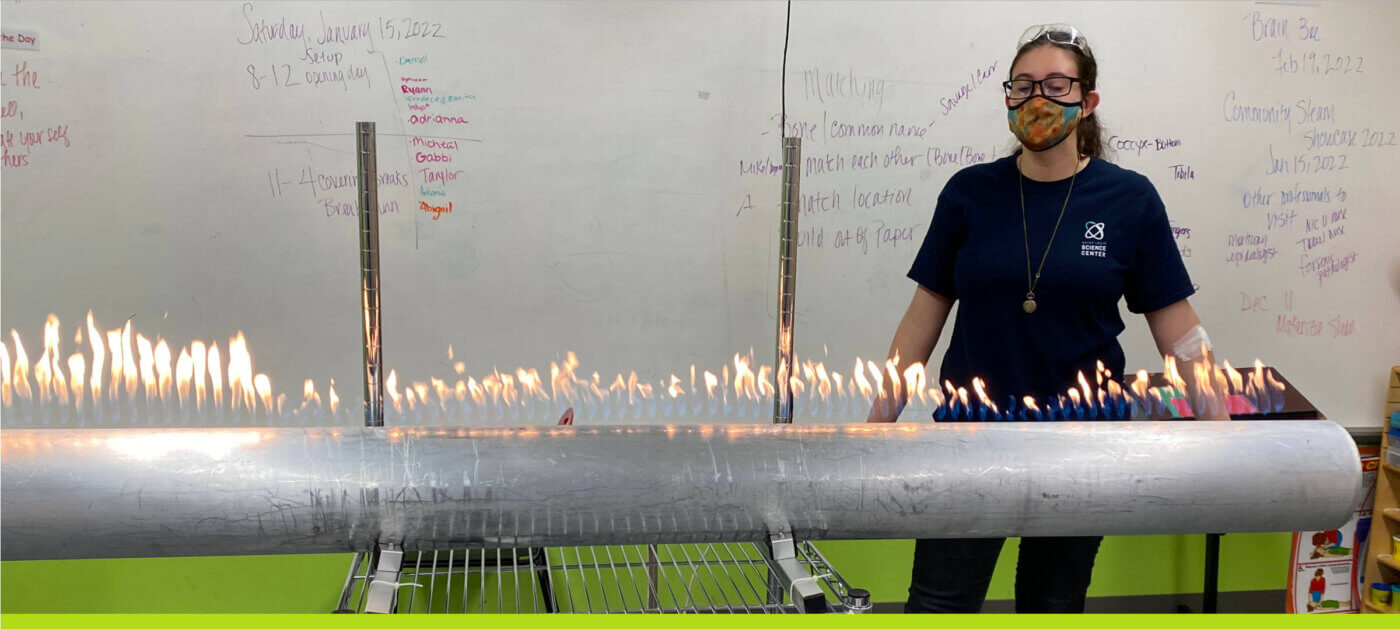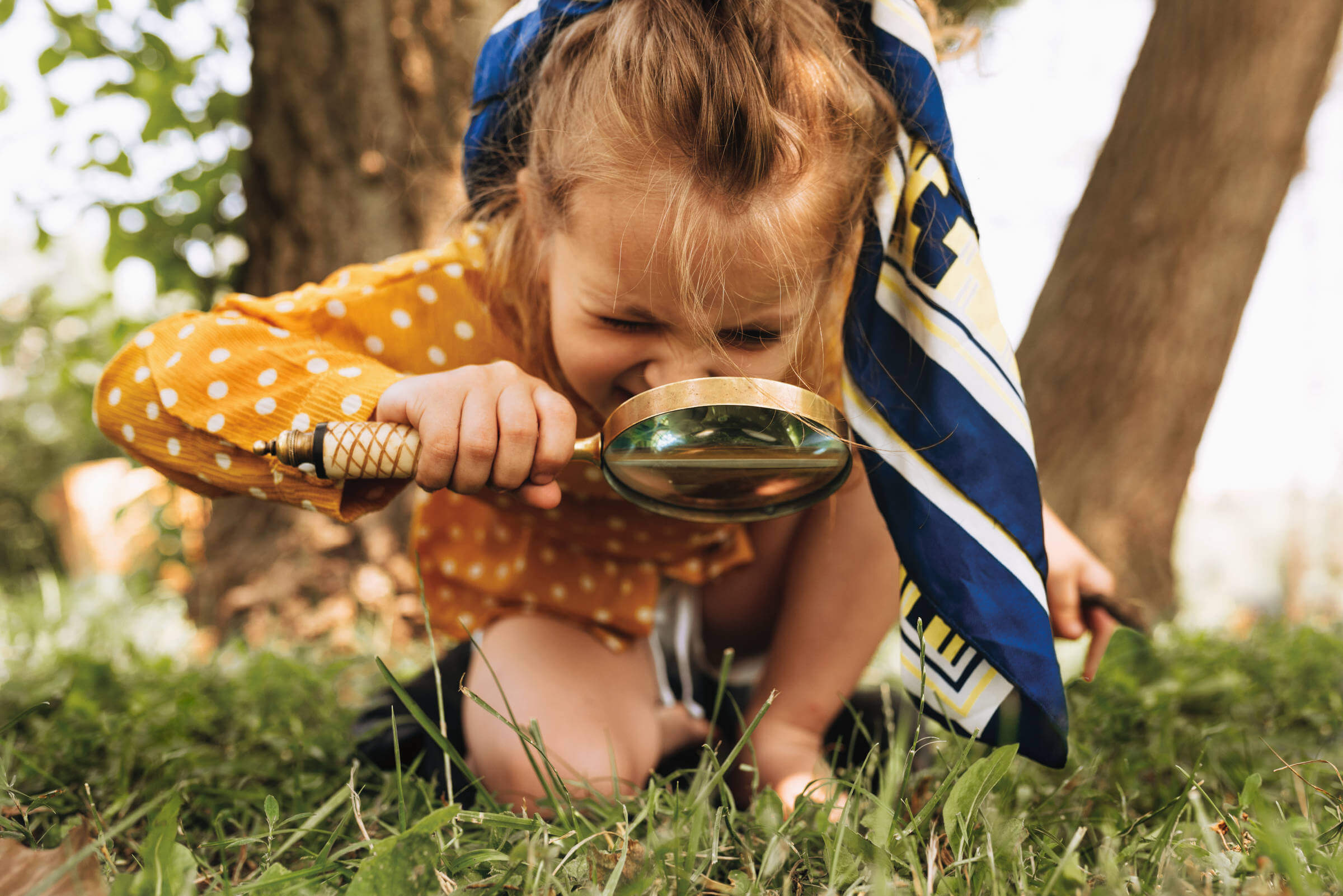
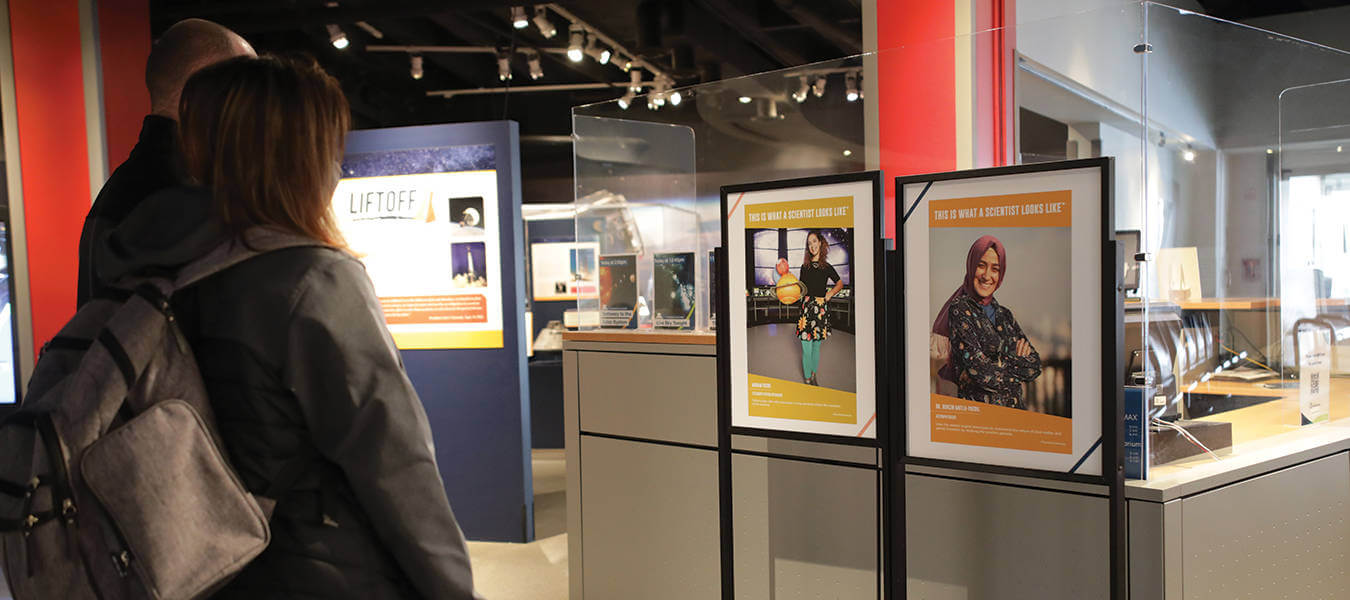
What does a scientist look like?
What does a scientist look like? The Saint Louis Science Center is addressing this question with a new series of informational posters funded by the Association of Science and Technology Center’s (ASTC) If/Then Initiative. Each poster starts with the sentence “This is what a scientist looks like” and profiles a different woman in STEM, including herpetologist Dr. Earyn McGee, astrophysicist Dr. Burcin Mutlu-Pakdil, molecular biologist and artist Dr. Beata Mierzwa and more.
The If/Then Initiative tells the stories of women in STEM through grants, posters and banners, an online project library featuring programs, activities and digital media, and more. Based on the mantra “If we support a woman in STEM, then she can change the world,” the initiative’s focus is on diversity in STEM—not just for women, but for people of color and various abilities as well.
In addition to social media posts, the Science Center is promoting this project in both the Oakland Building, where guests will be able to find six posters throughout the galleries, and the Taylor Community Science Resource Center. There, eight more posters will be on display.
After debuting over the Martin Luther King, Jr. holiday, the posters will be available throughout the summer. Come see if you can find them all!
THIS IS WHAT A SCIENTIST LOOKS LIKE™
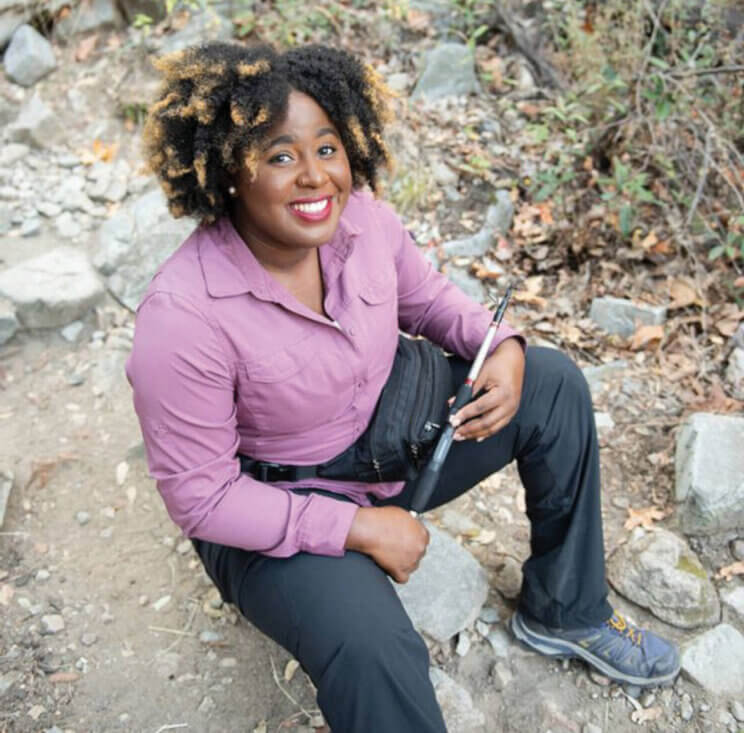
DR. EARYN MCGEE
HERPETOLOGIST & SCIENCE COMMUNICATOR
Advocates for Black women in wildlife careers, and is the creator of popular social media game #FindThatLizard which teaches players lizard facts.
ifthencollection.org
THIS IS WHAT A SCIENTIST LOOKS LIKE™
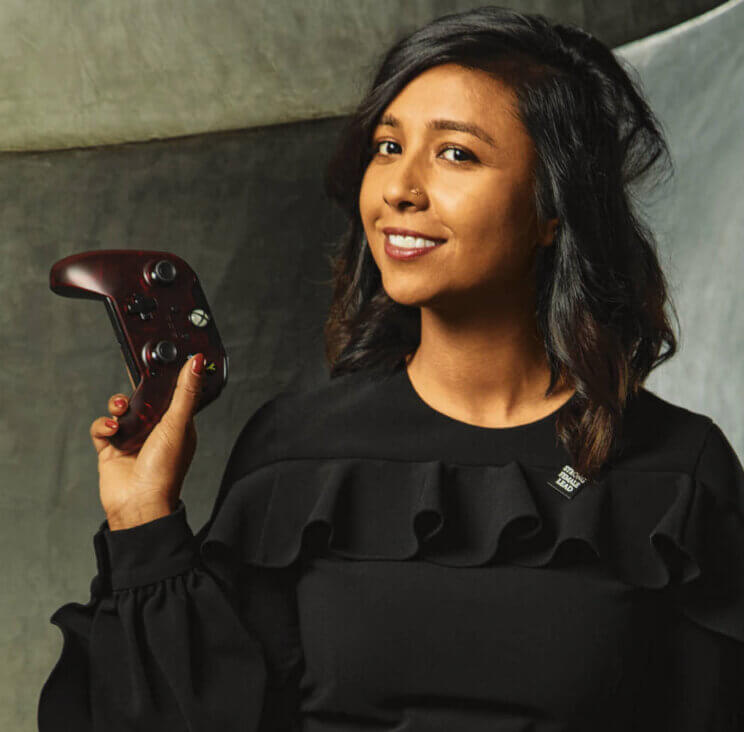
DR. MITU KHANDAKER
VIDEO GAME DESIGNER and ENTREPRENEUR
Designs, codes & researches games, and teaches game design & engineering with an emphasis on gender & racial equality in STEM
ifthencollection.org
A SOLID Collaboration with the Sheldon Concert Hall
For many years, the Saint Louis Science Center has partnered with the Sheldon Concert Hall to offer schools the Science Of Learning Instrument Design (SOLID) Project. This is a free, three-part project for teachers where students enjoy an interactive demonstration from a Science Center educator and instruction from a Sheldon teaching artist. They are then challenged to design and create their own musical instruments. At the end of the school year, select instruments are put on display at the Sheldon Art Gallery. The SOLID project connects all of the STEAM elements by explaining the science behind sound and having students use the engineering design process to build their own instrument.
Through the pandemic the Science Center and Sheldon teams have been able to continue the partnership by offering virtual presentations and reaching students via Zoom. Offering virtual sessions has created new opportunities to connect with new classrooms and students by being able to offer the program nationally. The Science Center and The Sheldon have presented the project to classrooms in New York, Florida and more.
In addition to offering the program virtually, more recently the Science Center and the Sheldon have been able to go back into schools, using the new vans courtesy of Frank Leta Honda for transportation. Students and teachers are excited to have the program back in classrooms so they can participate in person.
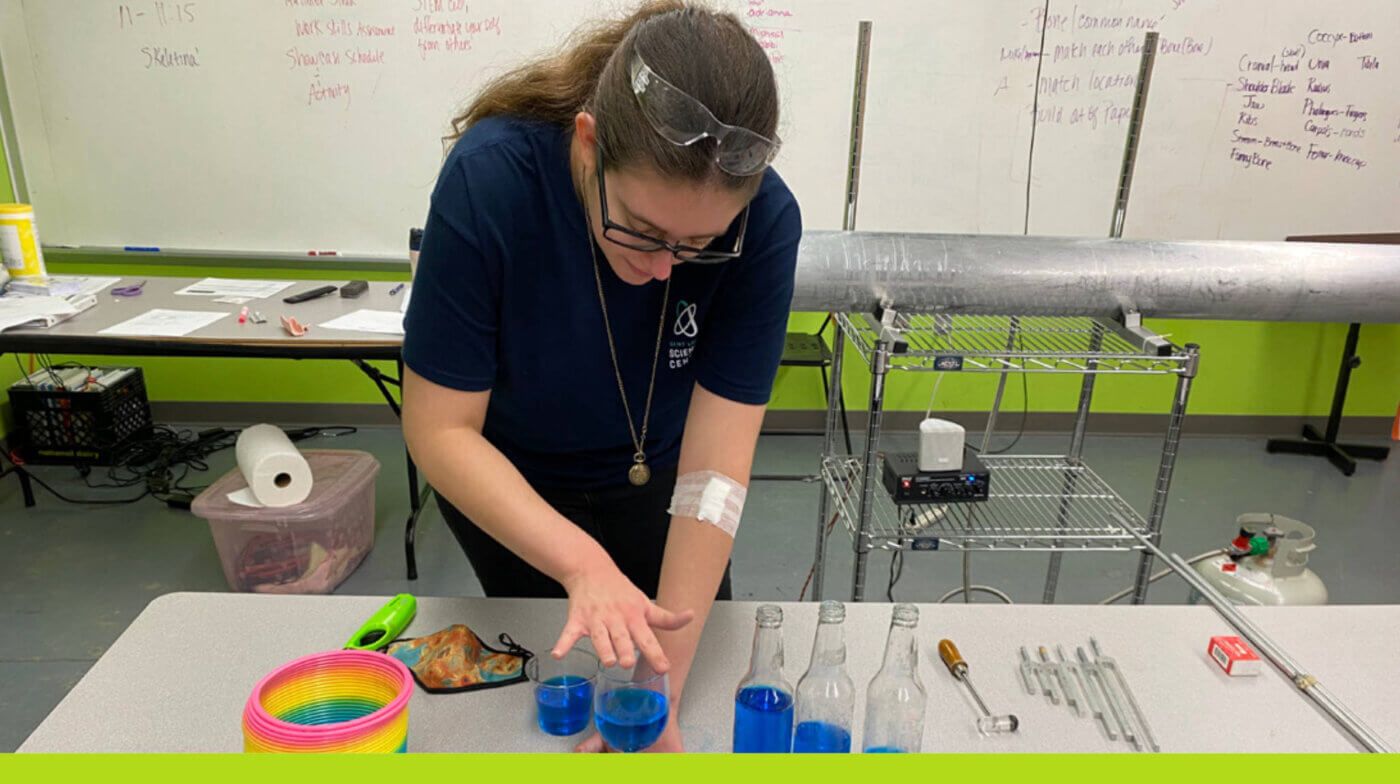
A Measurable Impact in 2021:

850
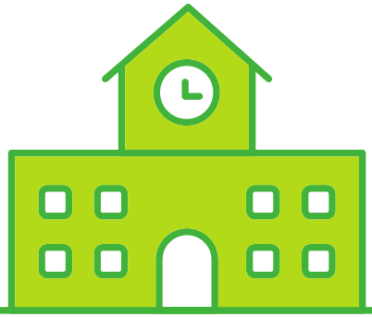
26
 Watch a video explaining more about the SOLID Project and learn how to bring the program to your school at thesheldon.org/solid.
Watch a video explaining more about the SOLID Project and learn how to bring the program to your school at thesheldon.org/solid.






